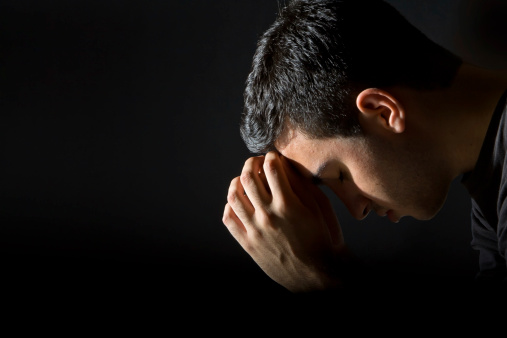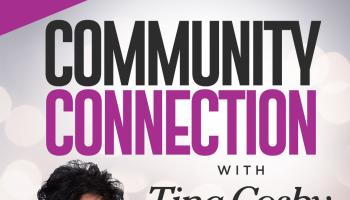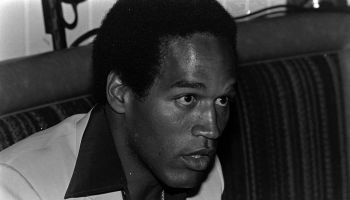Adoption is not something to be entered into haphazardly. One must consider all the possible outcomes, occurrences, and obstacles that may arise. This is even more true when a family (or individual) is considering a transracial adoption (when the race of the adopted child is different from that of one or both adoptive parents).
This is not a new issue in the United States. Transracial adoptions nearly stopped for 20 years, from the early 70s to the 90s, when they were condemned as “cultural genocide” by the National Black Social Workers Association (NBSWA). In 1994, after the Metzenbaum Multiethnic Placement Act (which banned any agency receiving federal funds from interfering with adoptions based on race or nationality) was passed, we saw a significant rise in these adoptions. This act, as well as the Interethnic Adoption Provisions amendment, were designed to eliminate racial discriminations within the adoption system. (1)
While the legality of transracial adoption isn’t be up for debate, it’s imperative that we take a hard look at the cultural impact of such adoptions.
Developing a child’s cultural and racial identity is as important as developing his or her intellectual skills. They give the child a sense of pride, heritage, and belonging. Gloria Batiste Roberts, president of the NBSWA, believes that, “children deserve the right to be with people who look like them, people who understand what they are going through, who understand their culture.” But why should it matter?
“[The NBSWA] points out that a black child growing up in a white family will never learn about his or her own culture and will therefore never develop a positive self-image. White parents can never provide a black child with sufficient information about what it is like to be black in a predominantly white society.” (2)
Interestingly, “in a study of 30 adolescent black children adopted by white parents, only 10 of them identified themselves as black; 6 said they were ‘mixed,’ and the rest tried to avoid a racial identity altogether by saying they were ‘human’ or ‘American.’” (3)
If a Black, Chinese, or Brazilian child is adopted by a White family, at some point questions are going to arise as to why they look different. (I refer to White families here because, in transracial adoptions, Whites are more likely to adopt than are other races.) And no matter how hard I try, I cannot personally identify with the struggles of those who don’t look like me because I’ve never experienced them for myself. Sure, I can hear about their stories and comprehend them as I would a movie or fiction book, but having never lived them out, my “knowledge” can only go so far. The same proves true for parents. A White parent cannot adequately explain what it’s like to be anything other than White in America.
Some might say that none of this race talk really matters; that kids should be raised by whomever is willing to provide a loving and supportive home. And while that may be true, there are certain issues that can’t be overlooked.
For a Black child, one of those issues would be the history of Blacks in America, beginning with the origins of the Atlantic Slave Trade. While White parents may understand and be able to articulate the concepts, ideas, and history of slavery in America, it may be difficult for the child to process the fact that someone who looks like their parent once owned someone who looked like them. No doubt this would bring about some confusion in the child’s mind.
Perhaps equally as important is ensuring that the child develops a healthy self image and self respect. With America being heavily undated and influenced by Euro-centric concepts of beauty, it’s crucial for children of color to understand that they are no less beautiful or attractive just because they don’t “match” with those around them. Nowhere would this lesson be more important than in the home. It would prove to be a challenge for White parents to effectively affirm a child’s appearance when they’ve never known the issues associated with creating a positive self image in spite of the mainsteam, Euro-centric image that America deems as beautiful.
Newsweek finds that, “according to a study published last year by the Evan B. Donaldson Adoption Institute, transracial parents are often ill equipped to raise children who are themselves unprepared for the world’s racial realities.”
In an interview with ABC News, Rita Taddonio, director of the Adoption Resource Center at The Spence-Chapin Adoption Agency in New York City, which facilitates many transracial adoptions, says, “If you look around your table and your guests are all the same color, if you don’t have diversity around your kitchen table then you shouldn’t be adopting a child of a different color.”
“We recommend parents connect to the black community, that they make sure they have friends in those areas, that they go to a black church or be part of the community as well,” Taddonio continues. “Every parent’s job is to help them form an identity, it’s just an additional layer of complexity when your child’s identity has pieces of it that you don’t own.”
We’ve talked primarily about Black children and White parents thus far. But in all fairness, what would happen if the situation were reversed? What if it was a White child being raised by Black parents? That’s the topic examined by a 2009 Newsweek article entitled, “ Raising Katie: What adopting a white girl taught a black family about race in the Obama era” covers. The article states:
Katie [the white daughter]… has sometimes struggled with her unusual situation, and how outsiders perceive it. When she’s not drawing, swimming or pining after teen heartthrob Zac Efron, she’s often dealing with normal kid teasing with a nasty edge. ‘They’ll ignore me or yell at me because I have a black family,’ she says. Most of her friends are black, although her school is primarily white. And Terri has noticed something else: Katie is uncomfortable identifying people by their race.
But even if Katie feels different now, the Riding-Smiths [her adopted family] have given her both a stable home and a familiarity with two ethnic worlds that will surely serve her well as she grows up in a country that is increasingly blended.
If Blacks would adopt their own, Whites wouldn’t have to, right? “Census studies indicate that blacks adopt at about the same rate as whites, but to successfully place all the black children available for adoption [with black families], experts estimate blacks would need to adopt children at three times the rate of white families.” (4) While there are significant societal issues which have lead to the high population of Black children waiting to be adopted at work, many would also argue that there is a systemic bias against Black families who wish to adopt.
Many private adoption agencies can charge fees well into the thousands of dollars, and some feel a certain taboo behind paying for a Black child. Agencies which may not be privatized are normally geared more towards the White middle-class in their mindset and operation, believing that many Black families don’t have what it takes to adopt a child from foster care. The Black families may be subject to higher levels of scrutiny when it comes to their living conditions, income level, or background as well. All in all, the process is much more challenging for a Black family than it would be for a White family if all things were considered equal.
At the end of the day, perhaps it’s more of a personal choice than anything else. In an age where families and children are becoming more and more racially and culturally mixed, perhaps transracial serves to further blur the lines of how we define race in America. Or perhaps it delineates the lines even more. What do you think?
[Written by Stuart McDonald for Elev8.com. For more from Stuart, check out his personal blog, follow him on Twitter, and connect with him on Facebook.]















